A Wacky & Rambling Succulent: Narrow-Leaf Chalksticks
This succulent, Senecio talinoides cylindricus, likes to roam in the garden so make sure it has plenty of room!
If you want a succulent which likes to ramble, then Narrow-Leaf Chalksticks is the one for you. I bought my now zealous but adorable beast as a very small plant (it was in a 4″ pot) and now it’s grown up and through my equally zealous Rosemary “Blue Spires”. Both seem happy to to cohabiting the same space in the front garden and I leave them be except for a prune once or twice year.
I love the color of Narrow-Leaf Chalksticks , which ranges from shades of pale green to blue green, right on the same plant. The leaves are narrow (hence the origin of the common name) and curve upward off of stems which get pretty darn big and long over time. They can get dense and crowded at the ends leaving some of those stems a bit bare at the base. It’s an unconventionally attractive plant to have in the garden and very easy to take care off. Here’s what I know about it:
As you can see, it’s prone to a rather leggy form. If pruned, new growth will appear at the base.
Size: Mine has gotten 2-3′ tall by 5-6′ wide.
Exposure: It needs part to full sun. My Narrow-Leaf Chalksticks gets lots of sun in the morning & early afternoon.
Hardiness: The lowest it will go is 25 degrees F.
Watering: Narrow-Leaf Chalksticks are drought tolerant & therefore have low water needs. Mine in the garden gets drip irrigated every 8-14 days depending on the temps. In the large pot, it gets thoroughly watered every 1-2 months.
Soil: Good drainage is necessary. I amended my front garden with a local sandy loam. For the large container, I used succulent & cactus mix combined with potting soil & worm castings.
You can see this plant growing both in my garden & in a large pot:
Fertilizing: Like all succulents, none is just fine. I compost my garden every 2 years & top dress all my container pots with worm castings every spring.
Propagation: I do it with great success by stem cuttings or leaf cuttings. Both root easily in succulent & cactus mix.
The individual leaves start to root after a couple of weeks.
Pruning: I prune mine to control the size. The long stems get very heavy & all the good looking, healthy growth is towards the ends. If pruned a couple of times a year, the growth will stay denser (this is because multiple heads will appear at the ends) & new growth will appear at the base. I plan on giving mine a total cut back late this winter to rejuvenate it. Some of those stems are getting mighty long!
Pests: Mine has never had any but I imagine it would be susceptible to aphids & mealybugs like other succulents.
Flowers: Small, fuzzy ivory flowers appear in clusters at the ends of the stems. Mine flowers in late fall through the end of winter.
Uses: I think of my My Narrow-Leaf Chalksticks in the garden as a lower growing, sprawling shrub. I also have 1 growing in a container but just know that it does tend to take over. There is a lower growing variety, Senecio mandraliscae or Blue Chalksticks, which is a rambling ground cover. The color of this plant is quite beautiful.
The ivory flowers are insignificant but they do have a rather ethereal quality when there’s a few of them open at the same time.
This plant grows really fast outdoors, so for those of us who are a bit on the impatient side then this is 1 to consider. I’ve never grown it as a houseplant, but imagine it would do just fine indoors with high light and low water. If you want a cool succulent with a lot of character which has a mind of its own, then Narrow-Leaf Chalksticks is for you!
Happy gardening,

YOU MAY ALSO ENJOY:
How Much Sun Do Succulents Need?
How Often Should You Water Succulents?
Succulent and Cactus Soil Mix for Pots
How to Transplant Succulents into Pots
Aloe Vera 101: A Round Up of Aloe Vera Plant Care Guides
This post may contain affiliate links, you can read our policies here.
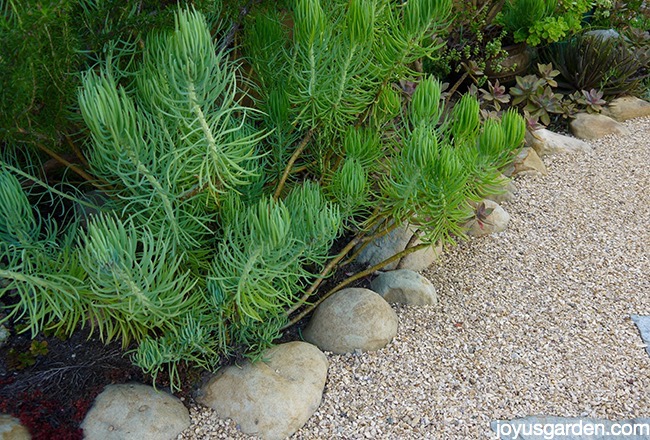
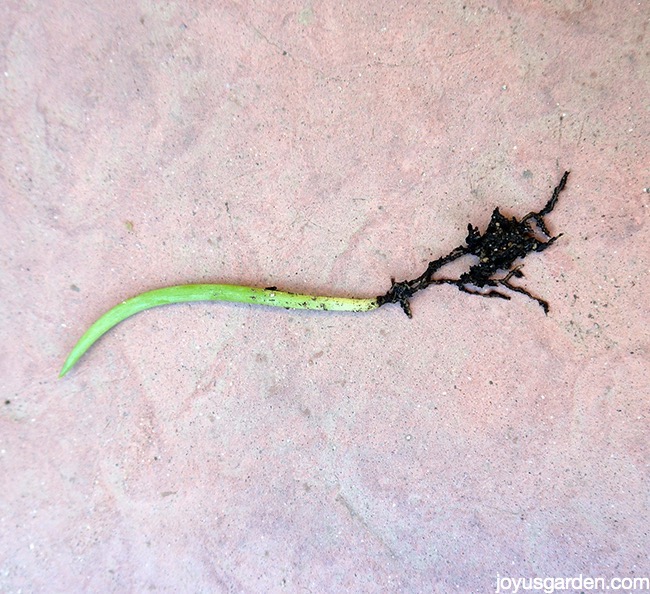
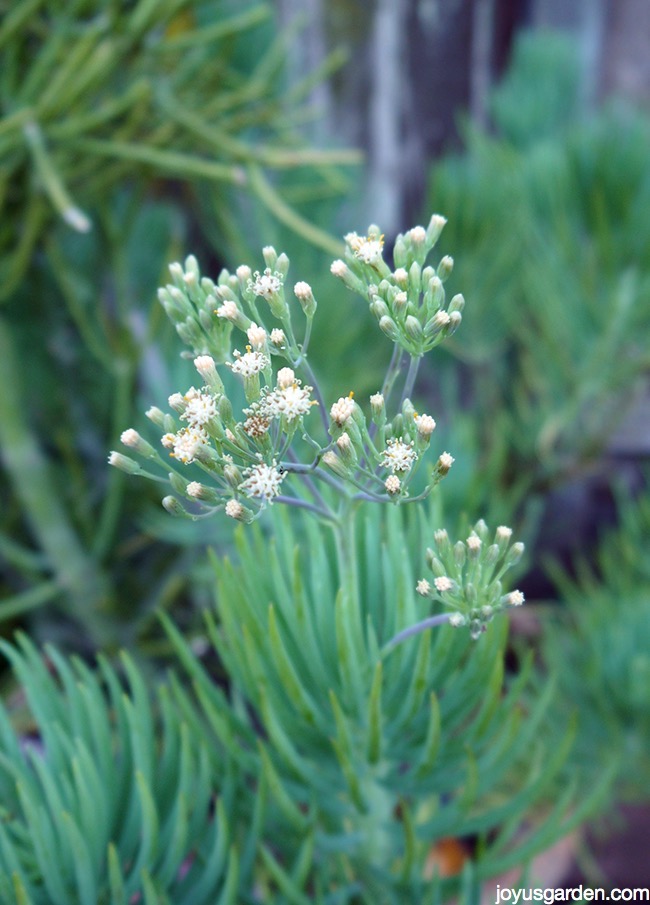

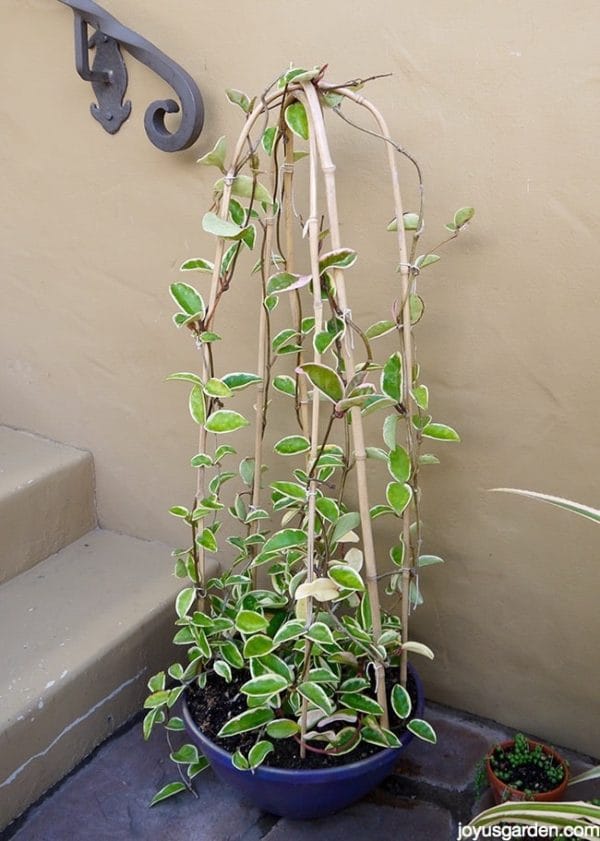
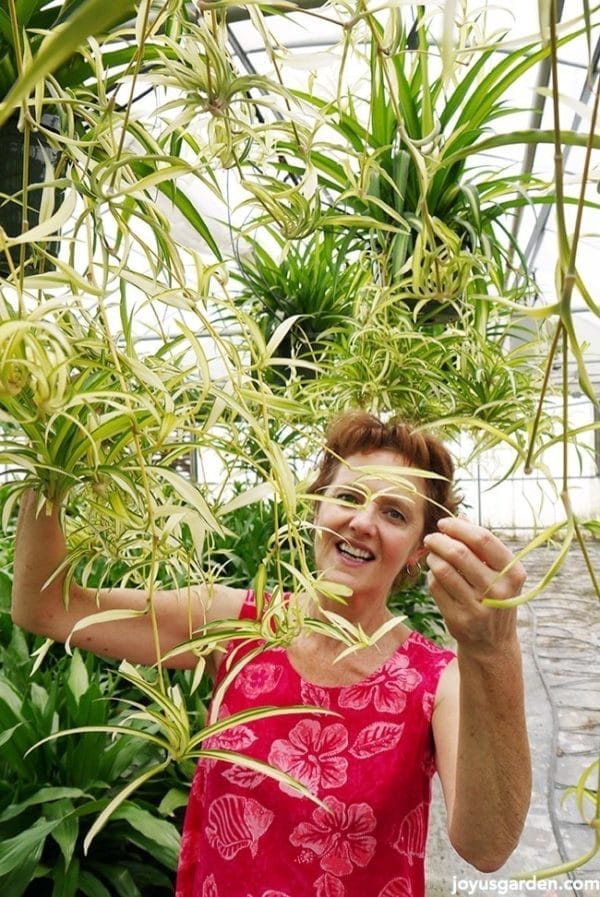
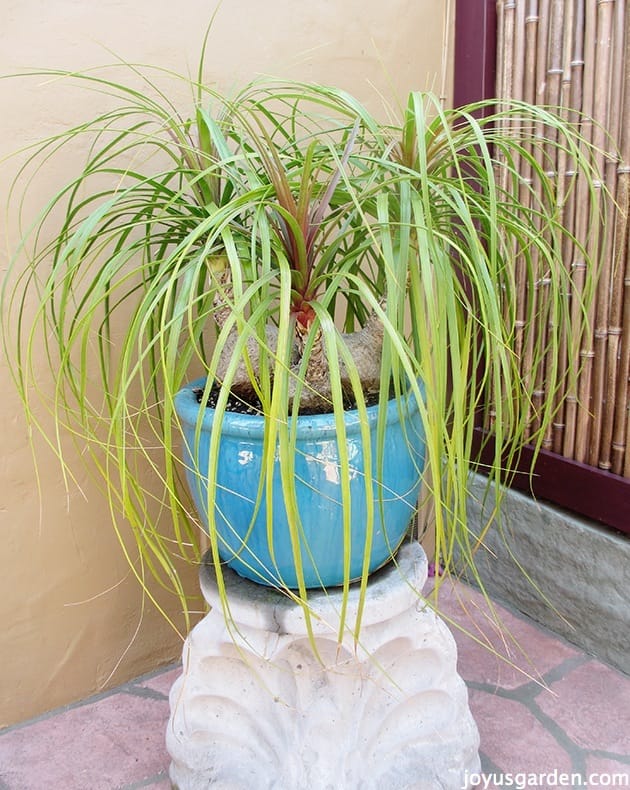
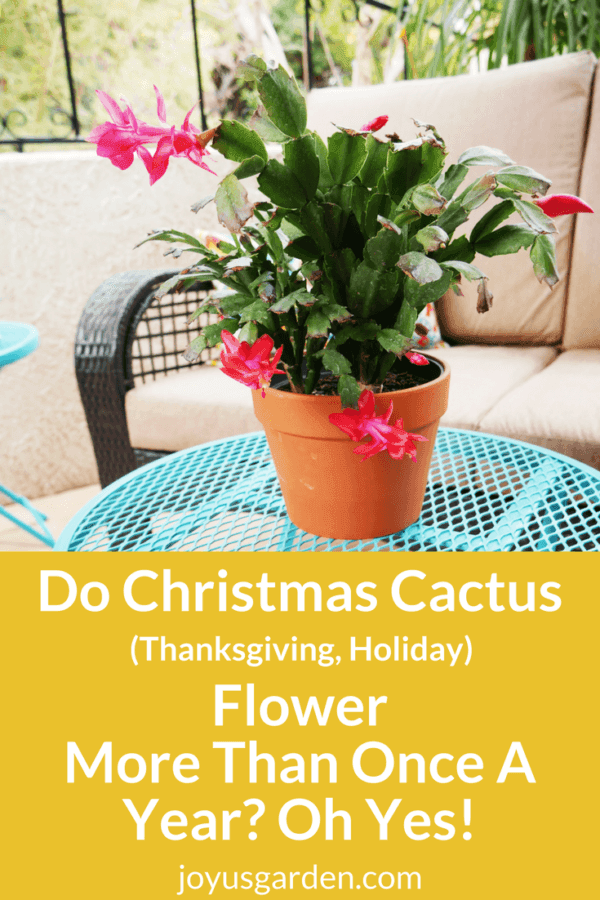

Thank you so very much. I bought a pot of blue chalk and a narrow leaf chalk stick not too long ago and didn’t know what to do with leggy plant, now I know what to do with your info.
Oh you’re very welcome! After mine got going, I was cutting it back as needed on a regular basis. Nell
Thank you!! I didn’t know what to do with mine as it grew REALLY fast. I’m going to need to move it, but your article let me know what to expect!
Thx
Hi Diana – You’re very welcome. Yes, mine in Santa Barbara grow right up through that huge Rosemary. Give it room! Nell
Hi Nell – I have one in a large pot but many of the stems are no longer vertical. I think the weight caused them to bend and they are curving around. Any way to right this or just let it be whimsical?
Thank you!
Hi Cindy – This grows to be a whimsical (& wild!) plant over time. Mine eventually grew up & threw my very large rosemary. I would cut some long & rambling stems all the way down from time to time & new growth would spring up from the base. Nell
I’m so glad to finally have an ID for this random little plant I picked up last year! Mine has been inside all year (although now I’m going to bring it outside for the summer). Good to know what to expect in terms of growth! One question: my lower leaves are pretty droopy- only the upper leaves grow out and up. Do you think I need more light? Should I pinch the lower leaves off? They seem to fall off on their own over time, but I’m not sure if that’s what’s best for the plant. Thank you for the wonderful profile!
Danielle – You’re very welcome! The lower leaves would droop on mine & eventually turn brown & die as the stems grew longer. Yes, you can pinch the lower leaves off. I had to prune this one once or twice a year to keep it from getting too leggy & too long. Yours growing inside, unless it’s gotten to be a rambling form also, sounds like it needs more light. The majority of succulents growing indoors need high light. Nell